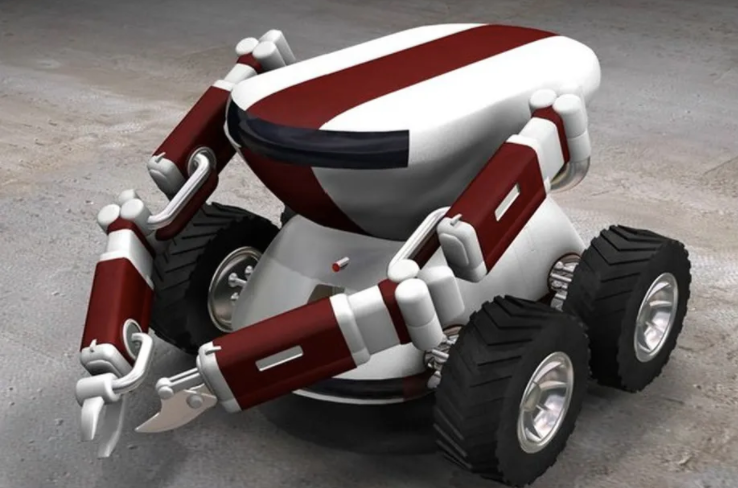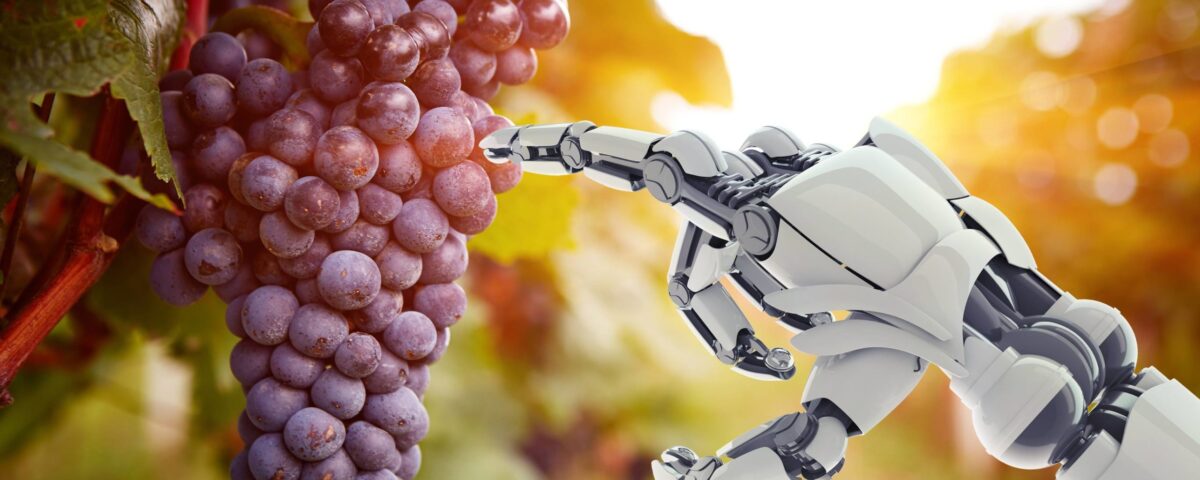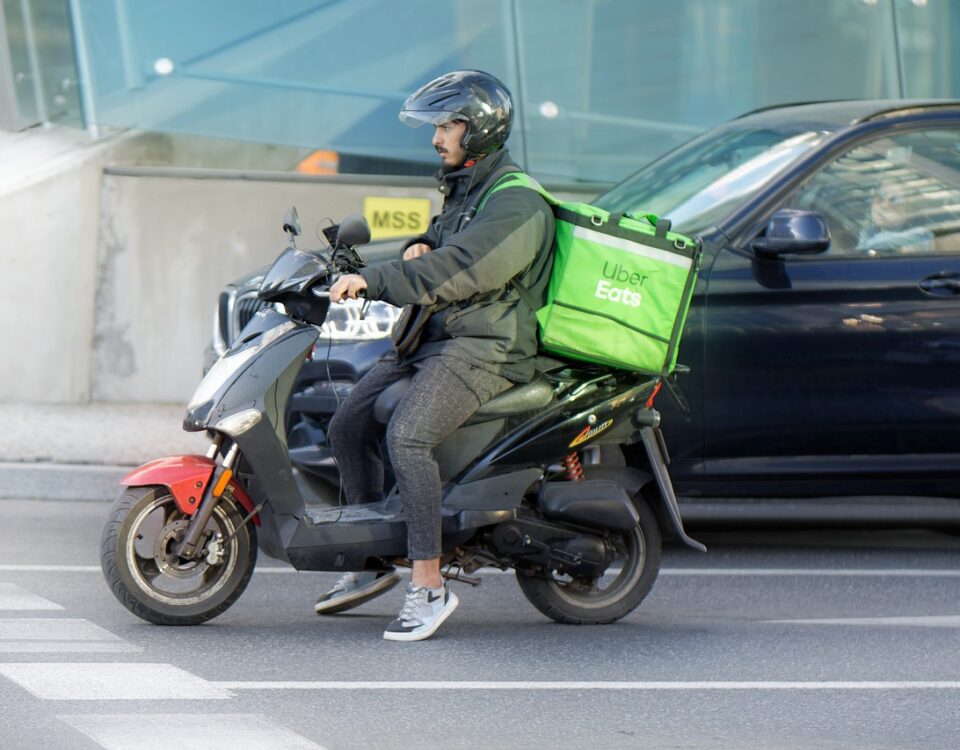
How Meta Might ReMake the Facebook Brand
November 4, 2021
November 2021 Friday’s e-links: The Napping Bus
November 5, 2021Wall-Ye is a French robot. Stories about Wall-Ye indicate that he (she?) prunes, de-suckers, and monitors plant health. He even is supposed to have a GPS that automatically turns off when he strays so he won’t pick your neighbor’s crop. And to prevent robot-napping, his gyroscope signals, “Help!” when some would-be snatcher lifts him off the ground.
Wall-Ye’s basic purpose is to increase yield by pruning and de-suckering better than humans. Weighing 44 pounds, it has four wheels, two arms and six cameras.
This is Wall-Ye:

Wall-Ye is one of many robots that has become increasingly adept at doing what people have been accomplishing for millennia. And now, because of COVID created labor shortages, more farmers need Wall-Ye.
Grape Picking Robots
The European Union made travel easy. Whenever Italian and Spanish vineyards needed them, workers could easily move from one country to the next. Last year though, COVID restrictions prevented many Eastern European farm laborers from picking the vines. Expecting that the constraints will continue, some farmers are automating.
We could call it a pandemic externality. Farmers hesitant about spending hundreds of thousands of dollars on what had been labor-intensive tasks, are investing in new equipment. As one farmer explained, the plus is no longer looking for labor in a world of shortages and ballooning wages. He added though that it will take years to pay for the new devices. One grape harvesting machine can cost €85,000 euros ($98,000). Still, the picking that had taken 18 days of manual labor shrunk to 10 with the machinery.
Opinions are mixed. Some worry that the equipment can diminish quality. Other says it improves it. Meanwhile, hoping to preserve tradition, places like Champagne prohibit machine picking.
Our Bottom Line: Productivity
Technology can bring gargantuan productivity to a farm In 2013, one Mississippi farm grew enough cotton for 9.4 million t-shirts. It just needed 13 people for 26 machines that did everything from planting to picking. Rather than the labor that had once been crucial, now it’s physical capital like Wall-Ye.
For some smiles, you might enjoy this classic with I Love Lucy making wine the old fashioned way:
https://www.youtube.com/watch?v=tsyM7dsdAIw
My sources and more: WSJ is the place to start with the facts on Italian vineyards. From there, econlife and this robotics article introduced Wall-Ye. And then finally, Planet Money had the ideal complement with its cotton farm facts. Please note that today we quoted several sentences from a past econlife post.
![econlifelogotrademarkedwebsitelogo[1]](/wp-content/uploads/2024/05/econlifelogotrademarkedwebsitelogo1.png#100878)




